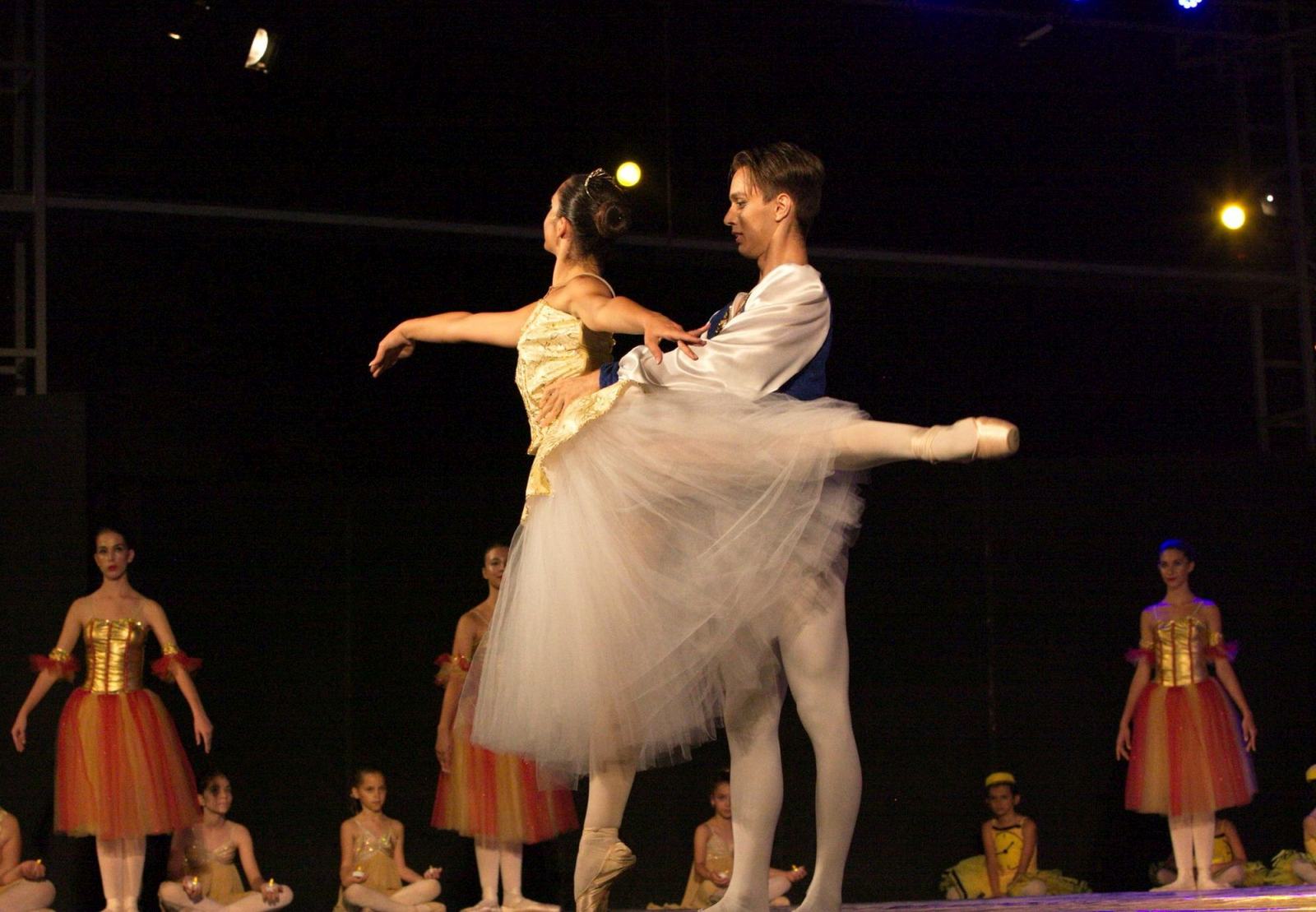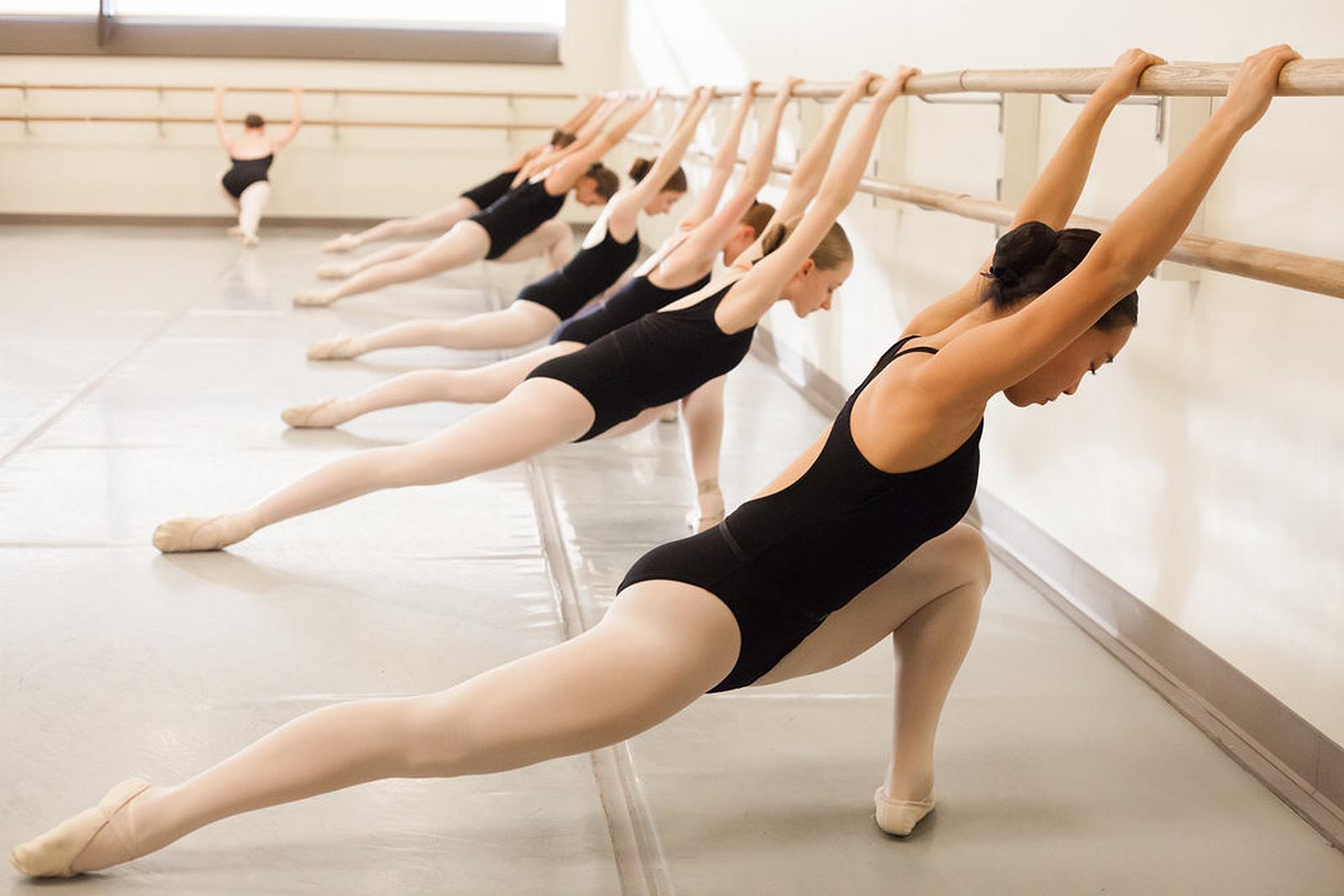Our school’s classes.
Learn Classical Dance • Modern & Contemporary Dance • Ballet • Dance Streching.

Music & Dance education combines music and movement. It is ideal for preschoolers as it is the first time they come in contact with movement and music. From this young age they develop rhythmic skills and cultivate their musical perception. Helps to coordinate and strengthen the body, the perception of space as well as develops creativity and imagination. Improve motor skills and gain musical and artistic sensitivity. From the age of 3.5 to 4 years children are taught creative dance always following the terminology of classical dance. The body prepares for the next first steps in ballet lessons.
Ballet is a type of dance, originating from Italy in the 15th century, which later evolved into its stage form, mainly in France and Russia. In its first form, the use of sets was absent and took place in large meeting rooms, where the spectators occupied the seats in front of and on both sides of the stage. Since then, it has evolved into a kind of dance of high technical requirements, with its own terminology and structural composition.


Adult ballet is a form of training that combines the art of precision and symmetry and at the same time strengthens, gives well-being and trains the mind and body. The lessons are specially designed for people who have either not been involved in dance or have left it for a long time.
The school teaches various contemporary dance techniques, such as Release Technique, Limon Technique and Cunningham Technique. There are also Improvisation and Contact Improvisation departments.
Finally, contemporary dance lessons use techniques such as Imagery Technique and Mind – Body Technique, which help learners to understand their thinking and body, through contemporary dance.


The history of modern dance began in America in the late 1920s as a form reaction to the strict structures of ballet. The woman who laid the foundations of modern dance is considered by many to be Isadora Duncan. Duncan rejected the rules imposed by ballet on the technical performance of the steps, the costume and the setting of the dancers, considering that were contrary to human nature. Having several supporters, she founded her own dance school where she taught encouraging her students to use dance as a means of expression and freedom.
Our school, always aiming for safety and injury prevention, we provide courses that help empower and improve our students for a safer and more appropriate education in the dance class. The exercises that we follow in these courses are designed appropriately according to the ages and abilities of each student. Their benefits are many, such as flexibility, stronger technique, improved lines and range of motion, muscle awareness and injury prevention.


The term “barre” refers to the traditional floor exercises for dancers corresponding to the barre work of everyday’s ballet class. The basic movements of the bar of the classical dancers were used in the barre-à-terre but were adjusted and enriched for the Barre Astié. It also reveals the identity of its creator, Mr. Alain Astiéwho grew up in the world of the art, being part of a generation that marked the history of dance for example, Serge Lifar who offered Mr. Astié a first prize at the Conservatoire de Paris, Harald Landler who was his main teacher and mentor.
Progressing Ballet Technique (PBT) is an innovative body-conditioning and strengthening program that has been designed to enhance students’ technique by focussing on training the muscle memory required in each exercise in all forms of dance. It is a unique training system using ballet-technique specific exercises to train skill acquisition in a graded and progressive manner from junior through to advanced levels. PBT helps teachers around the world prepare their students to receive the strength they need to achieve their personal best.


